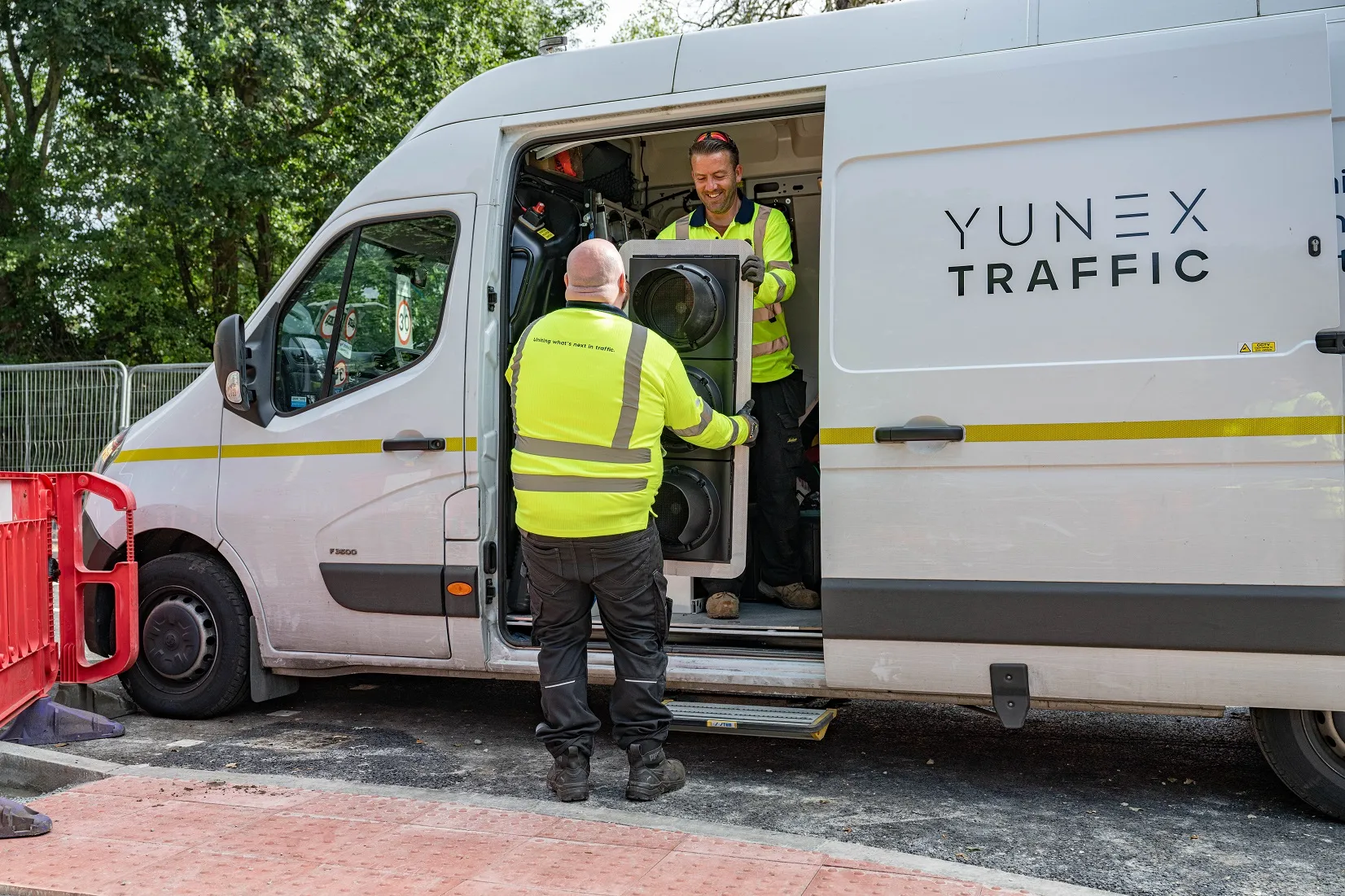A new 3G wireless communications solution which allows Siemens UTMC OTUs to be connected to the company’s PC SCOOT UTC instation has been launched by the company following extensive field trials. The newly released 3G option is available on Gemini2 and is provided by the use of an approved 3G router and antenna kit and is quick and easy to install. It allows junctions to be added onto the UTC system without the need for physically wired or fibre links, reducing installation and civil engineering costs.
Ac
December 17, 2012
Read time: 2 mins
A new 3G wireless communications solution which allows 6869 Siemens UTMC OTUs to be connected to the company’s PC SCOOT UTC instation has been launched by the company following extensive field trials.
The newly released 3G option is available on Gemini2 and is provided by the use of an approved 3G router and antenna kit and is quick and easy to install. It allows junctions to be added onto the UTC system without the need for physically wired or fibre links, reducing installation and civil engineering costs.
According to the company’s head of product management, Keith Manston, Siemens UTMC OTUs are designed to give optimum performance and when used with 3G wireless networks they offer a number of benefits. ‘In addition to the reduced cost of installation, running costs can be significantly lower than existing leased lines. More importantly, as BT has recently confirmed plans to withdraw its retail TDM services by the end of March 2018, it is now becoming increasingly important for traffic managers and local authorities to consider alternative communications options and develop a longer term transition plan’, he said.
Advances within the UTMC arena, in particular the introduction of the UG405 UTMC protocol and SCOOT MC3 has enabled SCOOT to be more tolerant of time delays in communications between the UTC software and connected Outstation Transmission Units.
In particular, this has increased the potential use of a number of alternative communication options available to users including 3G wireless networks.
The newly released 3G option is available on Gemini2 and is provided by the use of an approved 3G router and antenna kit and is quick and easy to install. It allows junctions to be added onto the UTC system without the need for physically wired or fibre links, reducing installation and civil engineering costs.
According to the company’s head of product management, Keith Manston, Siemens UTMC OTUs are designed to give optimum performance and when used with 3G wireless networks they offer a number of benefits. ‘In addition to the reduced cost of installation, running costs can be significantly lower than existing leased lines. More importantly, as BT has recently confirmed plans to withdraw its retail TDM services by the end of March 2018, it is now becoming increasingly important for traffic managers and local authorities to consider alternative communications options and develop a longer term transition plan’, he said.
Advances within the UTMC arena, in particular the introduction of the UG405 UTMC protocol and SCOOT MC3 has enabled SCOOT to be more tolerant of time delays in communications between the UTC software and connected Outstation Transmission Units.
In particular, this has increased the potential use of a number of alternative communication options available to users including 3G wireless networks.










